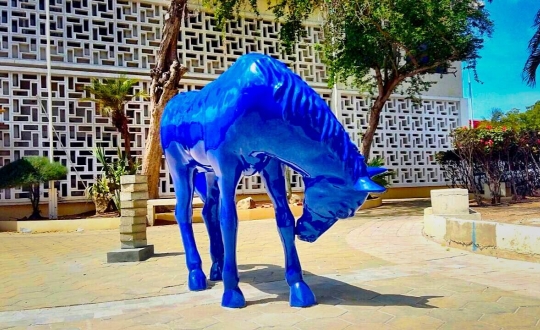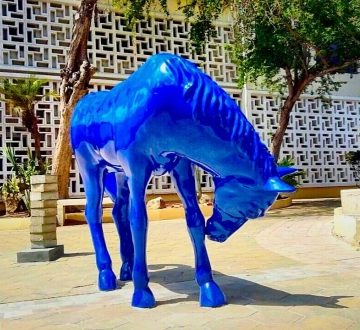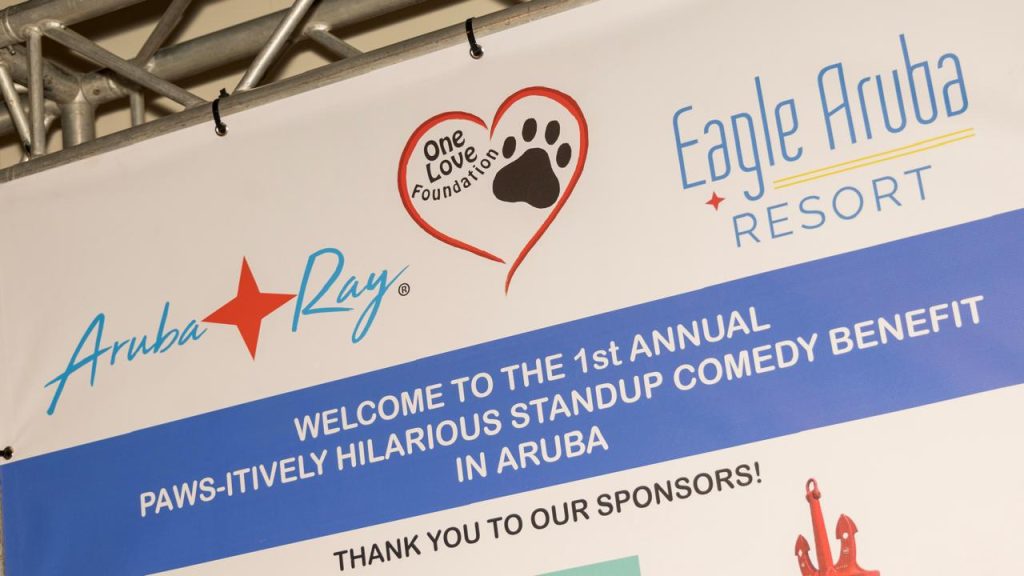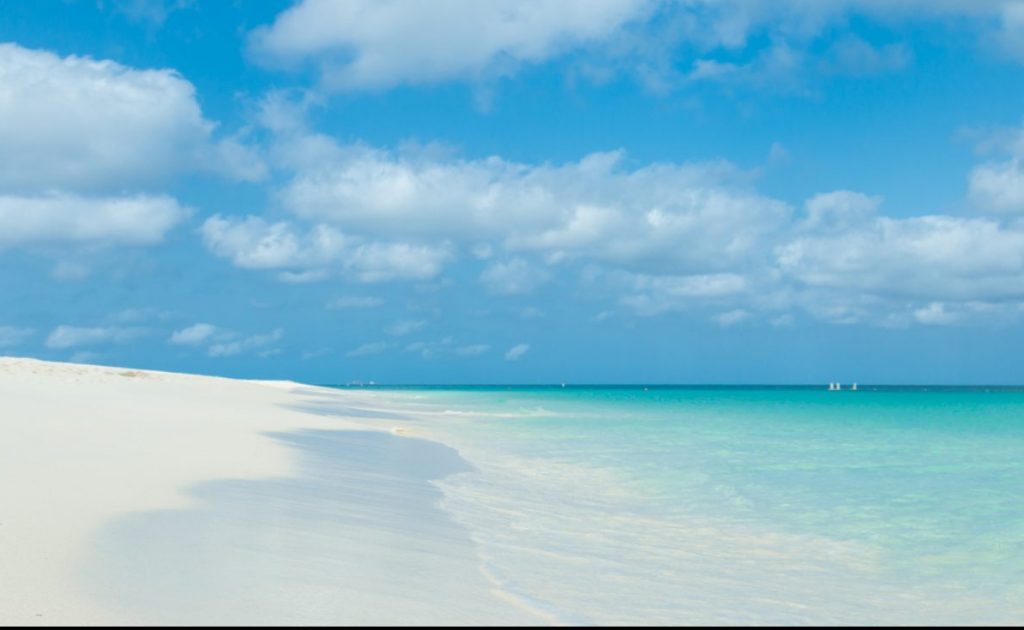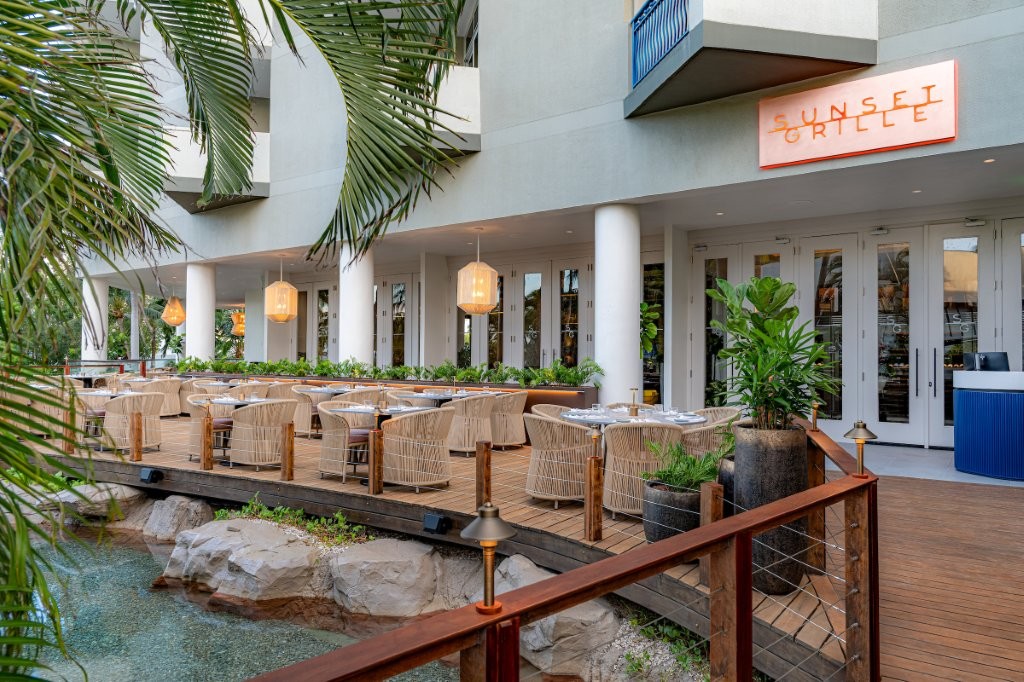Courtesy of Aruba Tourism Authority
Meet the herd: Rosalinda, Saturnina, Bonifacia, Eufrosina, Celestina, Sinforosa, Escapia, and Ambrosio. Eight horses revisiting us from our memorable past, claiming their nearly forgotten place in history.
Paardenbaai embodies an important part of the early history of Oranjestad; the natural harbor facilitated horse trade that dates back to the early days of Spanish colonization of Aruba. This trade in livestock and primarily horses was one of the key factors in the early development of commerce and later settlement of the town at the bay. During the following three centuries, the horse trade remained important for the island: for the Spanish period during conquest (1500’s), and later for the Dutch under the West Indian Company rule (1600’s and 1700’s) Aruba remained as what could be considered a ranch that facilitated the colonization projects. In the early Dutch Colonial period (1800’s & 1900’s) this role diminished and a shift to other industries and small scale farming became more important. Thus for over four centuries a great variety of livestock (primarily horses) was kept on the island where it remained accessible and could easily be transported to other destinations.

